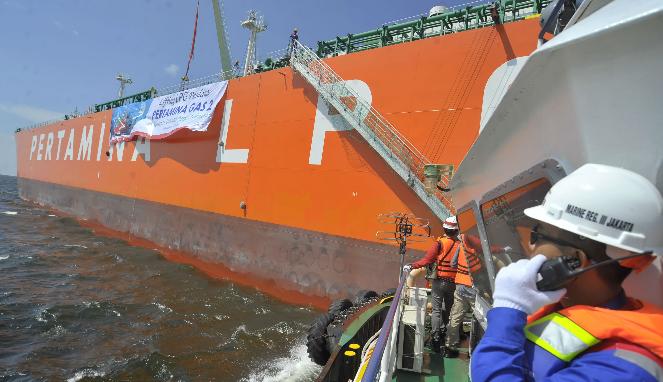The development of technology in the industrial production process in terms of business is believed to increase productivity and efficiency of the company. The technology is used by companies in the hope that it will be able to fulfill high market demands. Although it has a positive impact, the machines used in the production process also bring a negative impact on the work environment and workers.
The negative impact of machine used in the production process is the health problem of workers. There are occupational health impacts felt by workers, and they may feel it after long-term exposure. Changes in blood pressure are a direct negative impact experienced by workers.
Every worker has their workload and responsibility. The workload is divided into two types, physical workload and mental workload. Forms of the physical workload are lifting, pushing, moving things and other activities that involve muscle work. The physical performance of workers will affect the heart rate so that it will increase the blood pressure.
Based on the theory and conducted research, it should be a concern for all types of industries to protect the health of workers. Increased blood pressure can be a risk factor for hypertension, blood pressure that exceeds 140/90 mmHg. The prevalence of hypertension in Indonesia reaches 25 – 31 percent based on 2013 Basic Health Research (Riskesdas) record. It prompts the author to conduct research on the workload and work period as well as their effect on blood pressure in the ship construction industry. The study was conducted on 41 male workers aged 20 to 50 years with no history of hypertension, a habit of consuming alcohol, smoking and also tolerated light smokers. Blood pressure measurement was done before and after the workers do their works. The workload measurement is done with Brouha method while the work period data is obtained through interviews with workers.
Based on research conducted by the author, it was found that the majority of workers or 41.5% of workers aged between 41-50 years. The average work service of respondents was 21-30 years. Most of the workload done by workers was 53.7%, physical and it is in the high category. After blood pressure measurement, 56.1% of workers experienced increased blood pressure. By using the Pearson analysis method, researchers studied how strong the correlation between workload and work period on blood pressure. Physical workload has a strong, moderate correlation to blood pressure. The blood pressure measurement was the measurement of blood vessel wall pressure. The most physical workload found in ship manufacturing industry workers is a category of workloads that need improvement, so the high oxygen demand causes a high increase in blood pressure experienced by workers. Oxygen is needed as a source of energy for metabolism to break down ATP. Increased blood pressure is a response to the contraction of muscles during work.
In a study conducted by the author in the ship industry, it was found that physical workload and length of work have a strong, moderate correlation to blood pressure experienced by workers, the higher the physical workload, the higher blood pressure in worker’s blood pressure. The working period also has a moderate correlation with blood pressure, the longer the working period, the higher the blood pressure. Even though the workload and work period have a moderate relationship, blood pressure can also be affected by age, work environment and worker’s lifestyle.
Author: Noeroel Widajati
Details of this research available at:





